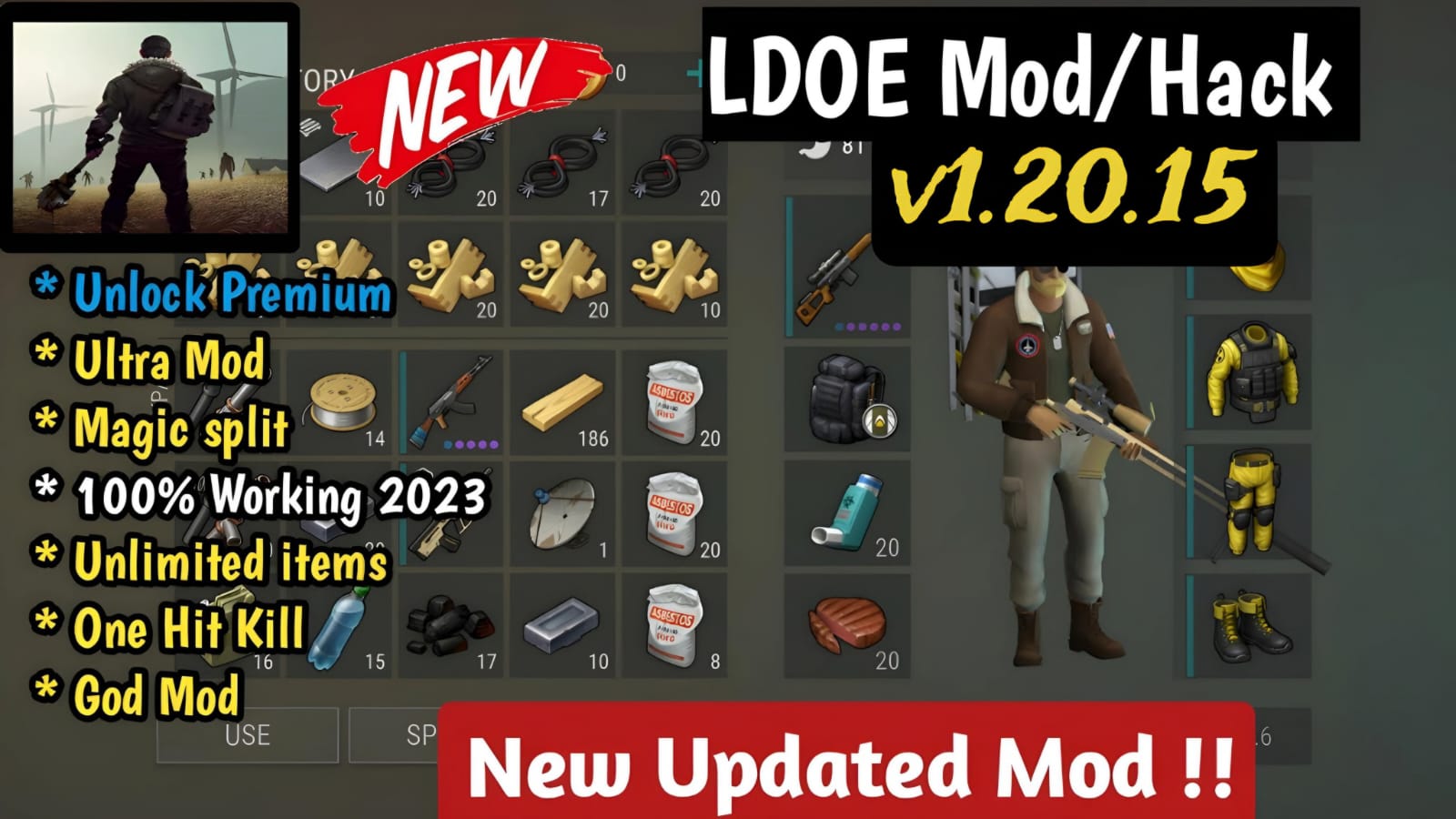College life is often portrayed as a time of growth, learning, and camaraderie. However, in recent years, a concerning trend has emerged – the rise of college brawls. These incidents, once rare, have become more prevalent, leaving an impact on the entire college community.
The Rise of College Brawls
In this section, we’ll explore the various factors contributing to the increase in college brawls and analyze the consequences these incidents have on the college environment.
Root Causes and Triggers
Delving deeper, we’ll examine the underlying issues that lead to conflicts and identify common triggers that escalate tensions among students.
The Role of Social Media
As we navigate the digital landscape, it’s crucial to understand how social media platforms amplify conflicts, sometimes resulting in real-world consequences for those involved in college brawls.
Campus Security Measures
A critical aspect of ensuring a safe college environment is examining the current state of security on campuses and the challenges faced in maintaining it.
Psychological Effects on Students
Beyond the physical repercussions, we’ll explore the emotional toll college brawls take on students and their overall mental health and well-being.
Prevention Strategies
This section will discuss proactive measures such as educational programs, awareness campaigns, and collaborative efforts within the college community to prevent future incidents.
Case Studies
Examining real-life incidents and their aftermath provides valuable insights into the dynamics of college brawls and the effects on those involved.
Legal Consequences
Understanding the legal implications for individuals engaged in college brawls is essential. We’ll also explore campus policies and disciplinary actions.
The Role of Leadership
College authorities play a crucial role in fostering a safe environment. We’ll discuss their responsibilities and the importance of promoting a culture of tolerance and respect.
check out,Characters in college brawl
Public Perception and Media Coverage
This section will tackle how public perception is shaped by media coverage of college brawls, considering ethical considerations in reporting.
Alumni Involvement
Highlighting the positive impact alumni can have on shaping a supportive college environment, we’ll discuss mentorship programs and support networks.
Lessons Learned
Extracting valuable insights from past incidents, we’ll explore evolving strategies for a safer and more harmonious college experience.
Student Advocacy
Empowering students to speak out against violence and fostering a sense of community responsibility are crucial aspects of creating lasting change.
Conclusion
In conclusion, addressing the issue of college brawls requires a multifaceted approach involving education, prevention, and community engagement. By learning from past incidents, implementing effective strategies, and promoting a culture of respect, colleges can strive towards a safer and more enriching environment for all.
FAQs
- Q: How common are college brawls?
- A: While not widespread, incidents of college brawls have seen an increase in recent years, prompting concerns within the academic community.
- Q: What are the long-term effects on students involved in brawls?
- A: Students involved in brawls may experience lasting psychological effects, impacting their mental health and overall well-being.
- Q: Are there specific triggers for college brawls?
- A: Common triggers include interpersonal conflicts, competition, and sometimes, external factors like social media.
- Q: How do colleges address legal consequences for those involved in brawls?
- A: Colleges typically follow disciplinary procedures outlined in their policies, and legal consequences may vary based on the severity of the incident.
- Q: What role can alumni play in preventing college brawls?
- A: Alumni can contribute by participating in mentorship programs, supporting positive initiatives, and fostering a sense of community responsibility.






